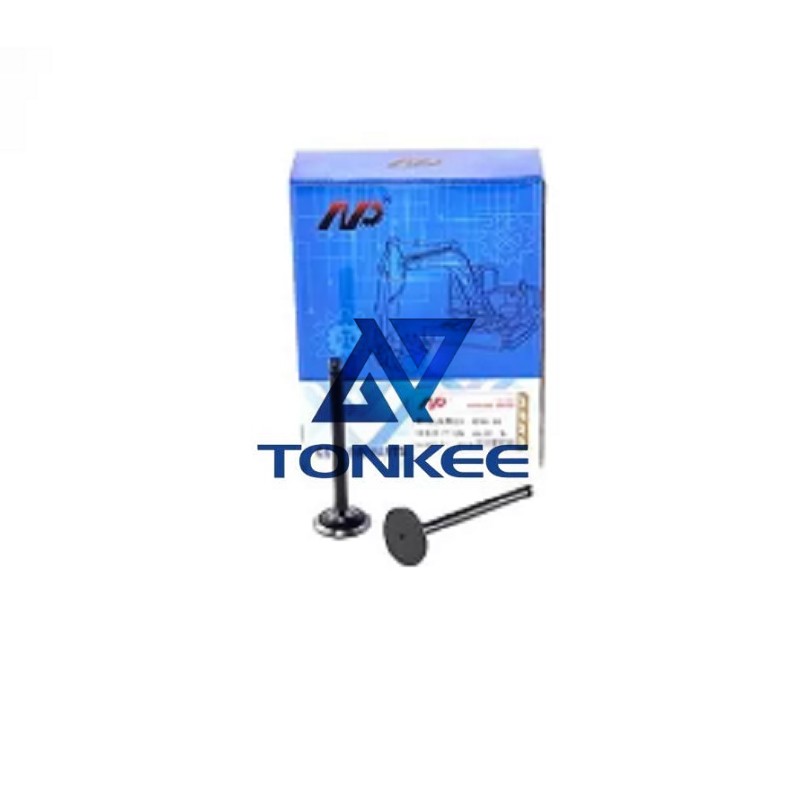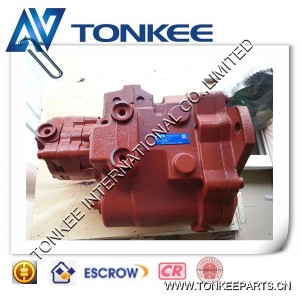
Dual Valve Design: The Valve In Valve system consists of two sets of valves per cylinder: an inner valve and an outer valve.
The inner valve, usually the exhaust valve, is smaller and operates within the larger outer intake valve. This configuration enables precise control over air intake and exhaust.
Enhanced Combustion: The dual valve design allows for better control over the flow of air and exhaust gases in and out of the combustion chamber. This precision results in more efficient combustion, which leads to improved power and fuel efficiency.
Improved Airflow: By having an inner exhaust valve within the larger intake valve, the system optimizes the airflow into and out of the cylinder. This enhanced airflow contributes to improved engine performance, as it allows more air to enter the cylinder during the intake stroke and expel exhaust gases during the exhaust stroke more effectively.
Reduced Emissions: Efficient combustion and improved airflow help reduce harmful emissions. The Valve In Valve system aids in compliance with stringent emission standards by minimizing the release of pollutants, such as nitrogen oxides and particulate matter.
Enhanced Durability: The design of the Valve In Valve system can lead to increased durability as it reduces stress on individual valves. The dual valve setup can help distribute the workload more evenly, potentially extending the lifespan of the engine components.
Optimized Torque: The improved combustion and airflow result in enhanced torque characteristics.
This is particularly important in excavators, as it allows them to handle heavy loads and perform various tasks efficiently, even in challenging conditions.
Precise Valve Timing: The Valve In Valve system is often coupled with advanced technology for precise valve timing. This technology ensures that the valves open and close at the right moments in the engine cycle, further optimizing performance and efficiency.
Engine Management Integration: Many modern excavators equipped with these engines feature sophisticated engine management systems that work in harmony with the Valve In Valve design. These systems monitor and adjust various parameters in real-time to maximize performance while minimizing fuel consumption.
Maintenance Considerations: While the Valve In Valve system offers numerous advantages, it's important to note that maintaining this design may require specialized knowledge and tools. Regular maintenance, such as valve clearance adjustments, is crucial to keep the system functioning optimally.



 English
English Русский язык
Русский язык




